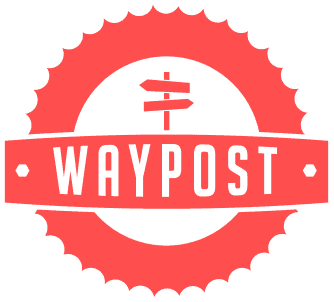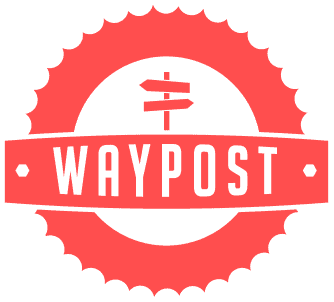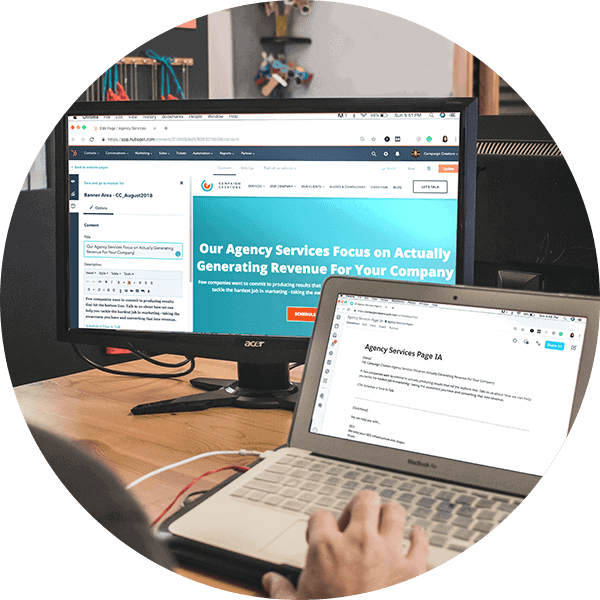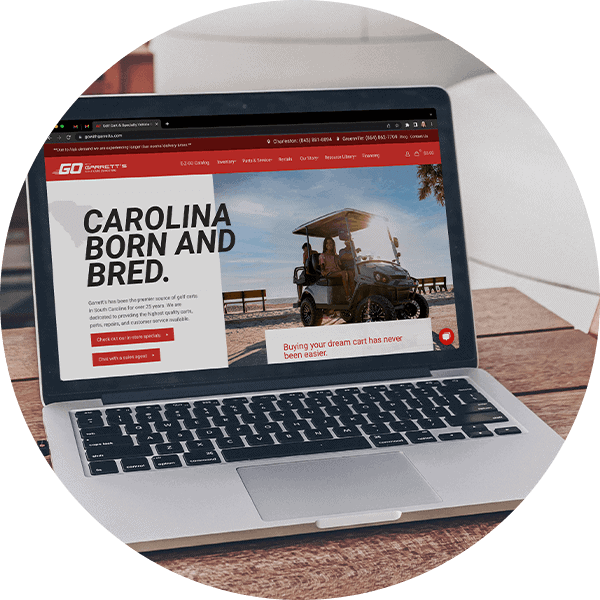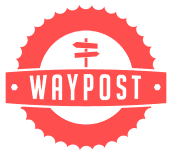
What Should Your B2B Customer Journey Look Like?
September 5, 2024
Brand Development for Manufacturers in 3 Steps
September 18, 2024Marketing technology— it sounds cutting-edge, doesn’t it? Indeed, marketing technology’s potential is leading many companies to pour more and more money into it. According to Statista, spending on marketing technology (martech) surged by 35% from 2020 to 2023, jumping from $15.3 billion to $23.6 billion.
With such substantial investments at stake, it’s crucial to assess — and justify — the impact these tools have on a business’s ROI. So, how exactly do these sophisticated marketing tools influence your bottom line? Let’s take a closer look.
The Martech Paradox
Based on the above statistics, companies are rushing to spend more money on different marketing tools, hoping these sophisticated software will enhance their marketing performance. In fact, companies invest more than a quarter of their marketing budget on technology on average.
So, where’s the paradox? It’s in the underutilization of these tools and software. Gartner’s 2023 survey reveals that marketers only leverage about a third of their martech stack’s capabilities. More remarkable is that this low utilization rate has plummeted by 42% since 2022 and 58% since 2020. In the CMO Survey from the first half of 2024, respondents reported utilizing just 56.4% of their existing martech stack on average.
This stark contrast between increasing investment and decreasing utilization raises important questions. Why are companies struggling to get maximum value from their martech investments?
Gartner’s survey identified common challenges contributing to this underutilization, including a lack of skills and training, integration difficulties, complexity, insufficient governance, and the overlapping technologies that lead to redundancy within the stack.
Marketing Tools Underutilization Drains Your ROI
When your martech stack is underutilized, the associated costs can quickly add up and erode your ROI:
The Hidden Costs of Training
Training employees to use complex and various martech tools can be a significant hidden cost. The time invested in learning new systems often translates into frustration and reduced productivity during the onboarding period. Moreover, ongoing training to keep up with frequent updates and new features adds to the overall expense of maintaining a martech stack.
Data Silos and Poor Data Quality
Inconsistent marketing data across various martech platforms can lead to misguided marketing decisions and ineffective campaigns. Resolving these data discrepancies is time-consuming and diverts resources from core marketing activities. The resulting inaccuracies can significantly impact campaign performance, potentially leading to substantial revenue losses.
Productivity Loss
Underutilized tools can lead to inefficiencies, causing your team to struggle with manual processes that could be automated. As a result, productivity suffers, and projects take longer to complete, affecting overall output. This decrease in productivity not only delays results but also diminishes the potential return on your marketing investment.
Costs of Paid Integrations
Many martech solutions require paid integrations to work seamlessly with other tools in the stack. These additional costs can quickly accumulate, especially for businesses using multiple platforms. The expense of integrations may not always be apparent upfront, leading to budget overruns.
Overspending Due to Unclear Costs
The true cost of martech implementations often extends beyond the initial purchase price. Hidden fees, scaling costs, and necessary add-ons can cause budgets to spiral out of control. This lack of cost predictability can lead to overspending and make it difficult to assess the ROI of martech investments.
Ineffective Resource Allocation
Underutilized martech tools represent a misallocation of valuable resources. Businesses may find themselves paying for advanced features they never use or maintaining redundant systems. This inefficient use of resources can significantly impact the overall ROI of marketing technology investments.
What Are Your Must-Have Marketing Tools?
In today’s digital landscape, having the right marketing tools is essential for planning, executing, monitoring, and evaluating your marketing strategies. However, it’s crucial to avoid overwhelming your toolbox with too many tools — especially those you may never fully utilize or need. Overloading your martech stack can lead to wasted resources and lost revenue, which is the last thing any business wants.
The key question you should ask yourself is: What are the must-have marketing tools for my business?
With about 15,000 marketing tools and software available, it’s vital to research and identify the right mix that keeps the stack lean enough to meet your needs without becoming burdensome.
So, what tools should you prioritize? Is it going to be a CRM system? A CMS for website content management? Paid ad platforms like Google Ads, LinkedIn, or Meta? Perhaps email marketing management software, marketing automation tools, or marketing analytics platforms?
Ultimately, the choice comes down to your company’s goals and marketing strategies. By clearly defining these, you can better determine the capabilities your martech stack needs to drive success.
5 Steps to Maximize Your Martech Stack for Better ROI
To fully leverage your martech stack and maximize your ROI, it’s essential to follow these five key steps:
1. Define Your Goals and Marketing Strategies
Start by clearly defining your business goals and marketing strategies (for instance, which marketing channels you’re going to utilize, what your audience’s buyers look like, whether you have the budget for paid promotions, etc). It’s even recommended to articulate these objectives as part of a more comprehensive Discovery Project, where you dive into your business’s essence, market positioning, and finding your unique tone and messaging. This foundational step ensures that every tool you select serves a specific purpose in your broad marketing plan.
2. Conduct a Marketing Technology Audit
Thoroughly assess your current martech stack to identify which tools are being fully utilized and which are redundant or underperforming. This audit should evaluate each tool’s contribution to your marketing goals, its integration with other systems, and overall ROI. Use this information to decide which tools to keep, upgrade, get rid of, or replace.
3. Consolidate Tools Where Possible
Look for opportunities to streamline your martech stack by consolidating multiple functions into comprehensive platforms. HubSpot, for example, offers an all-in-one solution that can replace several standalone tools, potentially improving efficiency and reducing costs. By minimizing the number of separate tools, you can simplify processes, eliminate the need for integrations, spend less time on team training, and reduce the likelihood of data silos. Read more about the different HubSpot Hubs and HubSpot benefits that impact businesses’ bottom line.
4. Leave Room to Scale
Choose scalable solutions that can accommodate increased data volumes, additional users, and new features as your marketing needs evolve. This foresight will prevent the need for disruptive overhauls and additional costs in the future and allow for smoother expansion of your marketing capabilities.
5. Invest in Data Literacy
Empower your team with the skills to interpret and act on your marketing data effectively. Focus on key metrics like the website’s visitor value, click-through rate, return-on-ad-spent, traffic sources, and more to inform decision-making not only regarding the marketing strategy but also your martech stack. Eventually, enhancing data literacy helps maximize your marketing performance and drive better ROI.
It Will Pay Off
Investing time and resources into optimizing your tech stack can yield substantial returns. According to a study by The Financial Express, organizations implementing a strategic, well-integrated martech stack can see a 20-40% increase in marketing ROI. This significant boost comes from improved efficiency, better data utilization, and more targeted marketing efforts. By following the steps outlined above and continually refining your martech approach, you’re positioning your business to capture this enhanced ROI and drive meaningful growth.
As a HubSpot Solutions Partner, Waypost Marketing is here to help you make the most of your martech stack. You can start by exploring our HubSpot ROI calculator and HubSpot TCO Calculator to get a clearer, more transparent view of potential future costs and ROI. If you’re ready to optimize your marketing tool and overall marketing strategies, we invite you to contact us today.
